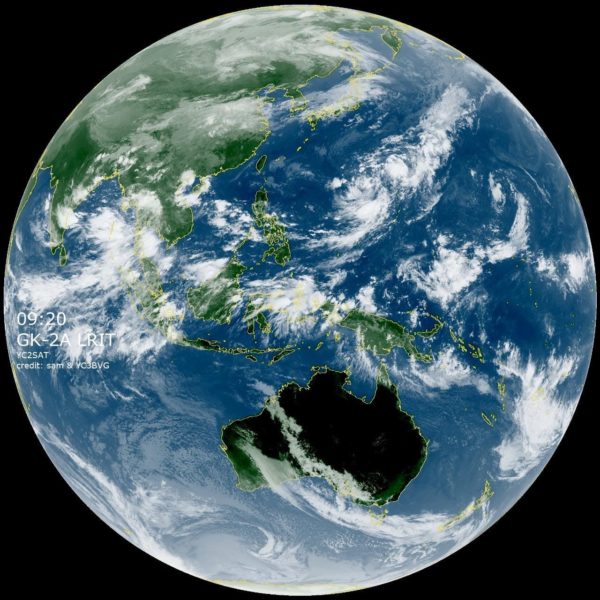BMKG Warns of La Nina Impact in Indonesia

The La Nina climate anomaly occurred in the Equatorial Pacific Ocean at the end of September, the Meteorology, Climatology and Geophysics Agency (BMKG) has reported.
The ENSO (El Nino-Southern Oscillation) index shows that the sea surface temperature in the central and eastern Pacific regions has been low for the last six decades, exceeding -0.5° C which is the threshold for the La Nina category.
The development of the anomaly of sea surface temperature in the region was -0.6° C in August and -0.9° C in September.
“The BMKG and other climate service centers such as the NOAA (United States), the BoM (Australia), and the JMA (Japan) estimate La Nina can continue to grow until it reaches La Nina moderate intensity by the end of 2020. It is estimated that it will begin to decrease in January-February and will end around March-April 2021,” the Deputy for Climatology of the BMKG Herizal stated in a written statement received by setkab.go.id on Saturday (3/10).
Historical records show that La Nina can cause an increase in the accumulated amount of monthly rainfall in Indonesia to 40 percent above normal. However, the impact of La Nina is different across Indonesia.
“In October-November, the increase in monthly rainfall due to La Nina can occur in almost all parts of Indonesia except Sumatra. In December to February 2021, the increased rainfall due to La Nina can occur in eastern Kalimantan, Sulawesi, Maluku-North Maluku and Papua,” Herizal explained.
In October, he added, several zones in Indonesia are expected to enter the rainy season, including: East coast of Aceh, parts of Riau, Jambi, South Sumatra, Bangka Island, Lampung, Banten, parts of West Java, parts of Central Java, a small part of East Java, parts of West Kalimantan, parts of Central Kalimantan, South Kalimantan, parts of East Kalimantan, parts of North Kalimantan, parts of Sulawesi, North Maluku and a small part of West Nusa Tenggara.
Herizal further said that the increase in rainfall, the onset of the rainy season, and an increase in accumulated rainfall due to La Nina generate the possibility to trigger hydro-meteorological disasters such as floods and landslides.
“We call on the public to keep monitoring the updated information from the BMKG by utilizing the infoBMKG social media channel, or directly contacting the nearest BMKG office,” Herizal said. (UN)
Translated by: Ridwan Ibadurrohman
Reviewed by: Mia Medyana








